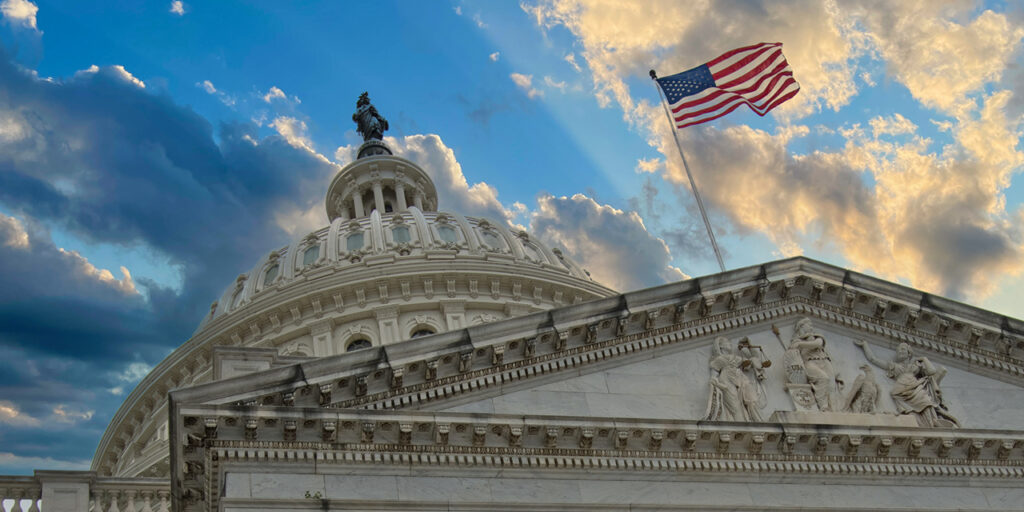
In the U.S., political shifts often bring significant changes in regulations, consumer behaviors, and business landscapes. When a new government takes office, many brands begin to wonder: Should we be worried? It’s a valid concern, but with proper planning, businesses can navigate political transitions successfully. Let’s explore how changing governments can affect your brand and what you can do to protect your business.
How Political Shifts Affect Brand Strategy
The shift in government leadership often results in new policies, tax reforms, and regulatory changes that can impact industries in various ways. Some sectors may benefit from new policies, while others may face challenges. This uncertainty can leave brands feeling vulnerable, but it’s important to remember that political transitions are an opportunity for strategic adaptation.
Example: When the Biden administration took office in 2021, there were significant shifts in climate policy, corporate tax reforms, and healthcare regulations. Brands in the renewable energy sector, like Tesla and Beyond Meat, saw immediate benefits. On the other hand, fossil fuel companies faced tighter regulations and greater scrutiny.
Marketing Tip: Stay informed about proposed policies and understand their potential impact on your industry. Use these insights to adjust your marketing strategy in advance.
Lesson 1: Monitoring Government Regulations and Policies
For many brands, government regulations have a direct impact on how they operate. From changes in tax laws to new environmental regulations, brands must adapt their strategies accordingly. Staying updated on political decisions helps businesses plan ahead and avoid surprises.
Example: When former President Trump’s administration rolled back environmental regulations, companies in the oil and gas industry saw immediate benefits. However, when President Biden reversed many of those rollbacks, industries like coal, manufacturing, and automotive had to reassess their compliance and marketing approaches.
Marketing Tip: Regularly monitor government policies and collaborate with industry associations to understand how regulatory changes might affect your business. This proactive approach helps you stay one step ahead.
Also Read : Political Advertising: Valuable Lessons for Marketers in the U.S.
Lesson 2: Political Stability and Consumer Confidence
Government transitions can also affect consumer confidence, which in turn impacts brand performance. For instance, after elections, consumer attitudes towards spending may fluctuate, especially if the political change is perceived as disruptive or uncertain. The key is to recognize shifts in consumer behavior and adapt accordingly.
Example: During the 2020 U.S. Presidential election, some industries, like luxury goods, saw a drop in sales as consumers became more cautious about spending due to the uncertainty of the pandemic and the election results. On the flip side, companies in the home improvement sector, such as Home Depot and Lowe’s, saw an increase in demand as people focused more on home-related projects during the lockdowns.
Marketing Tip: Monitor consumer sentiment and adjust your marketing messaging. If there’s uncertainty or fear, consider focusing on the stability and trustworthiness of your brand to calm consumers.
Lesson 3: Shifting Public Opinion and Brand Loyalty
A changing government can also shift public opinion, which could affect brand perception. Consumers may align their loyalty to brands that reflect their political views. For example, during the 2020 elections, many companies found themselves in the spotlight as people judged their political affiliations or actions in response to social issues.
Example: Companies like Patagonia and Ben & Jerry’s have been vocal about their political stances, and their strong positions on climate change, racial justice, and other causes have built loyal followings. While some customers support these brands, others have turned away due to differing values.
Marketing Tip: If your brand is going to take a stance on political issues, be prepared for both positive and negative feedback. Make sure your stance aligns with your target audience’s values and is consistent with your overall brand identity.
continue reading…


